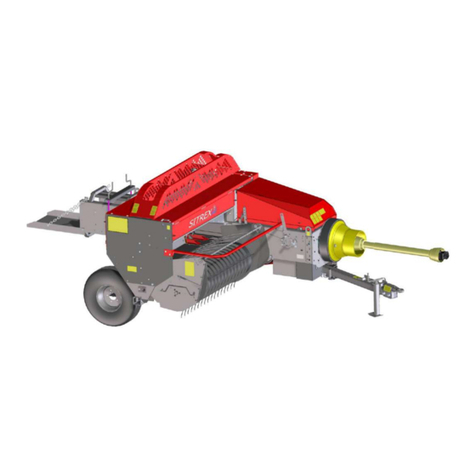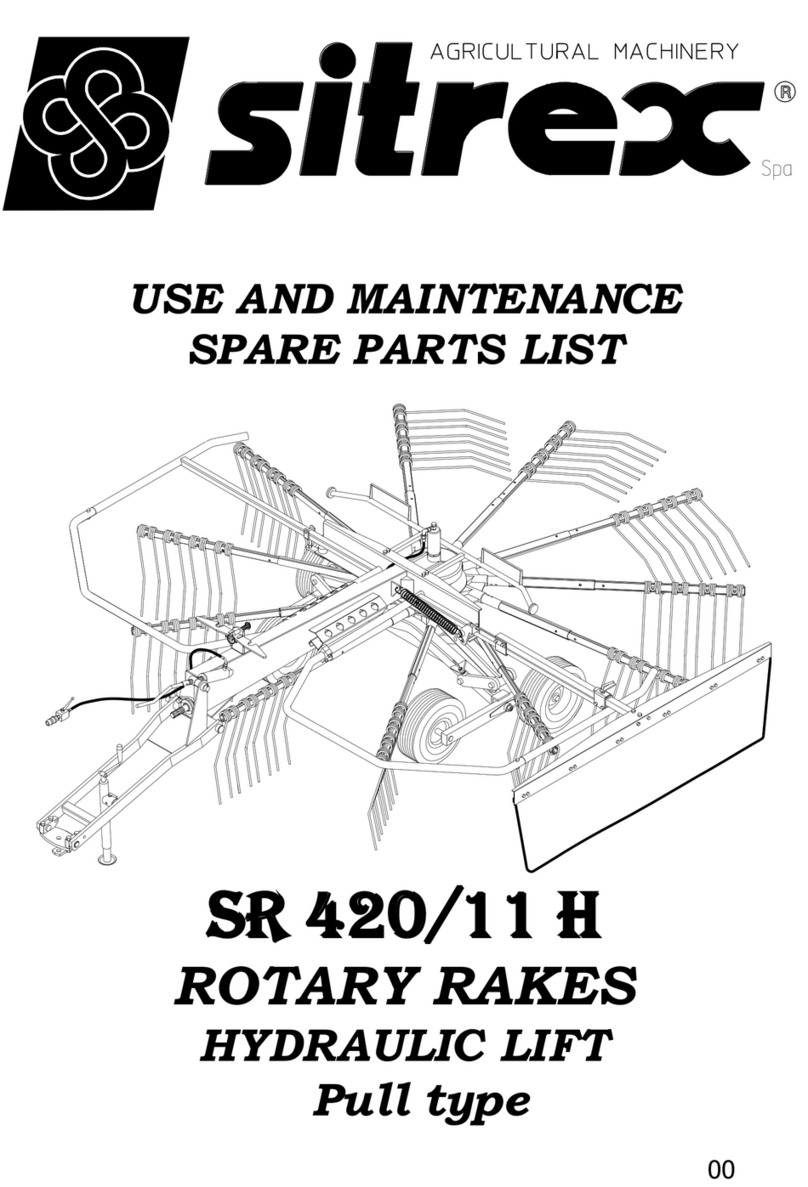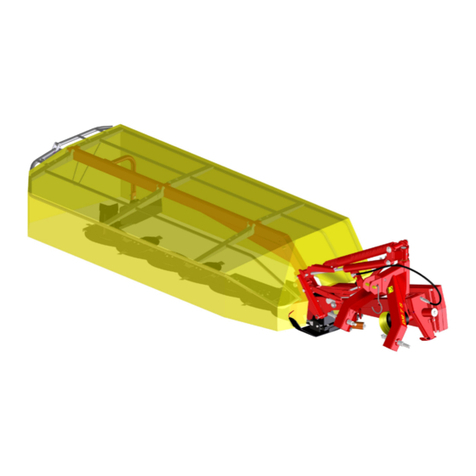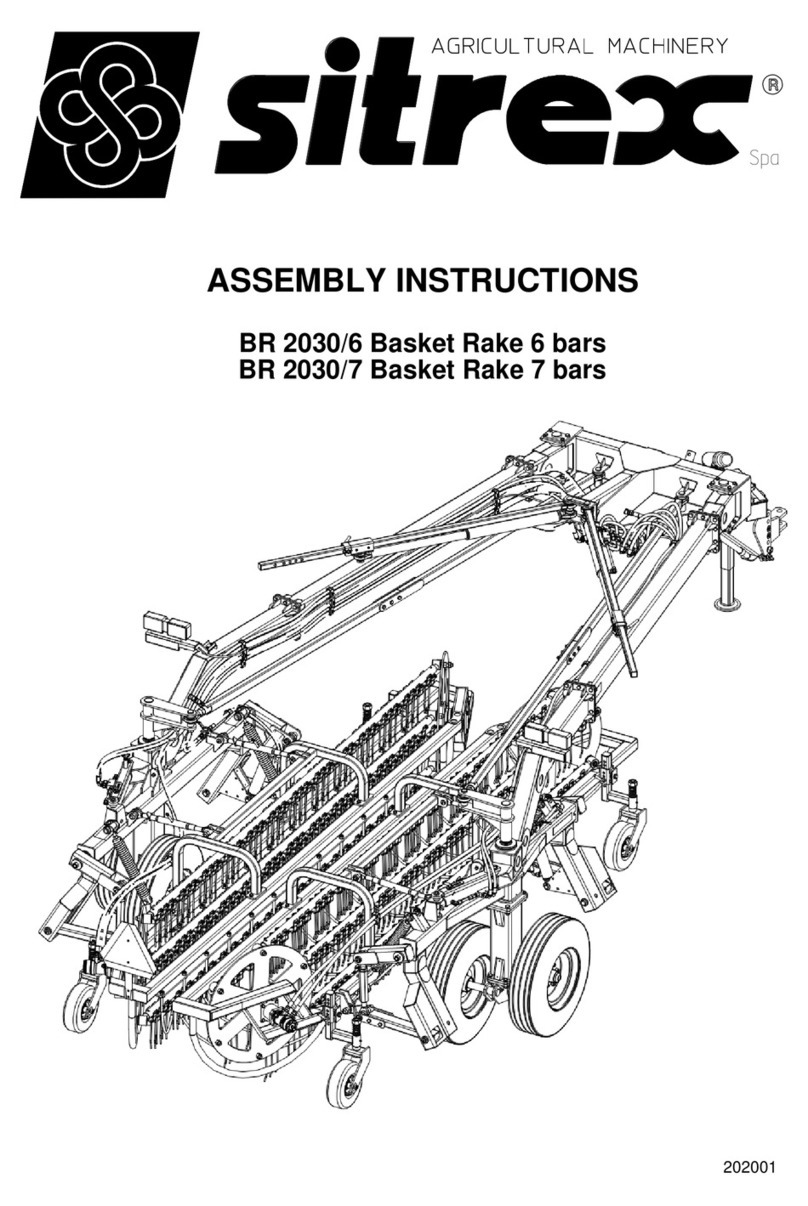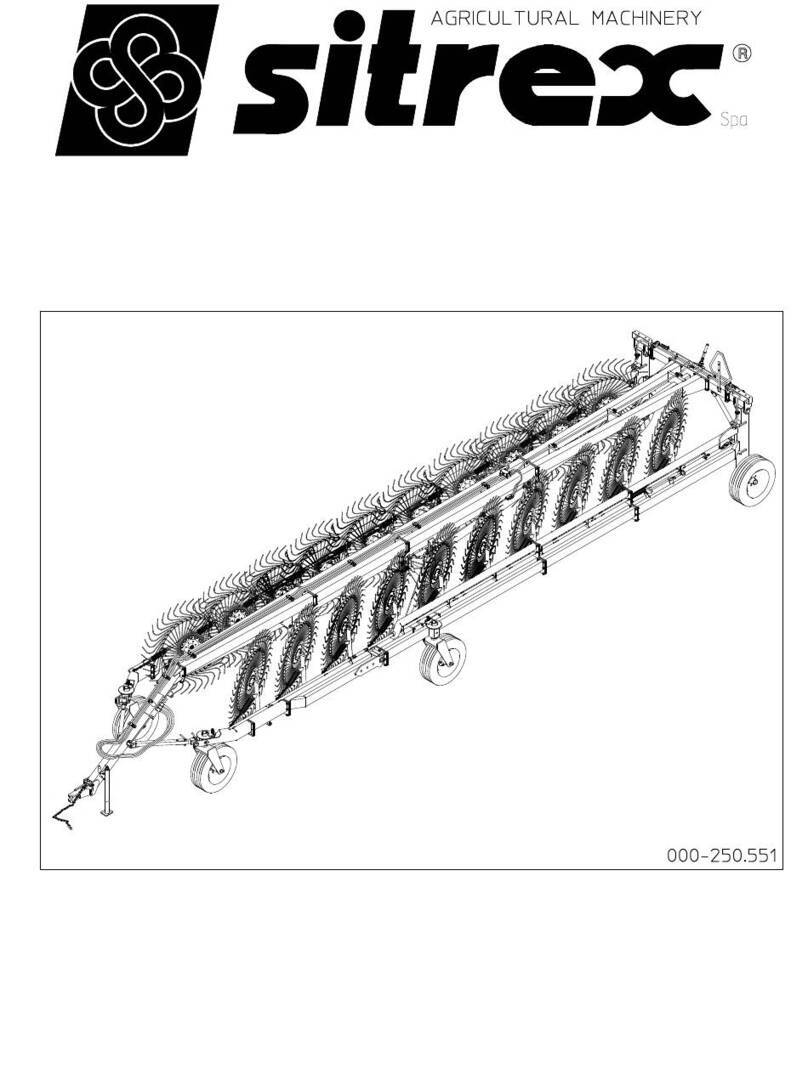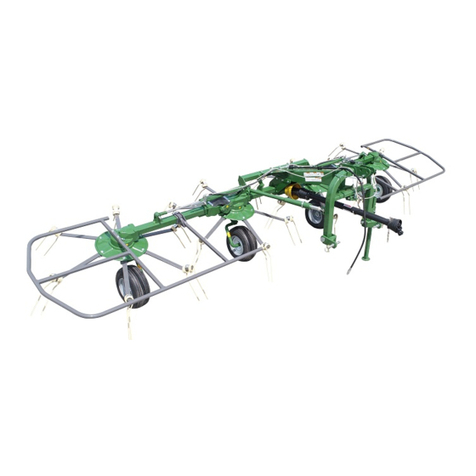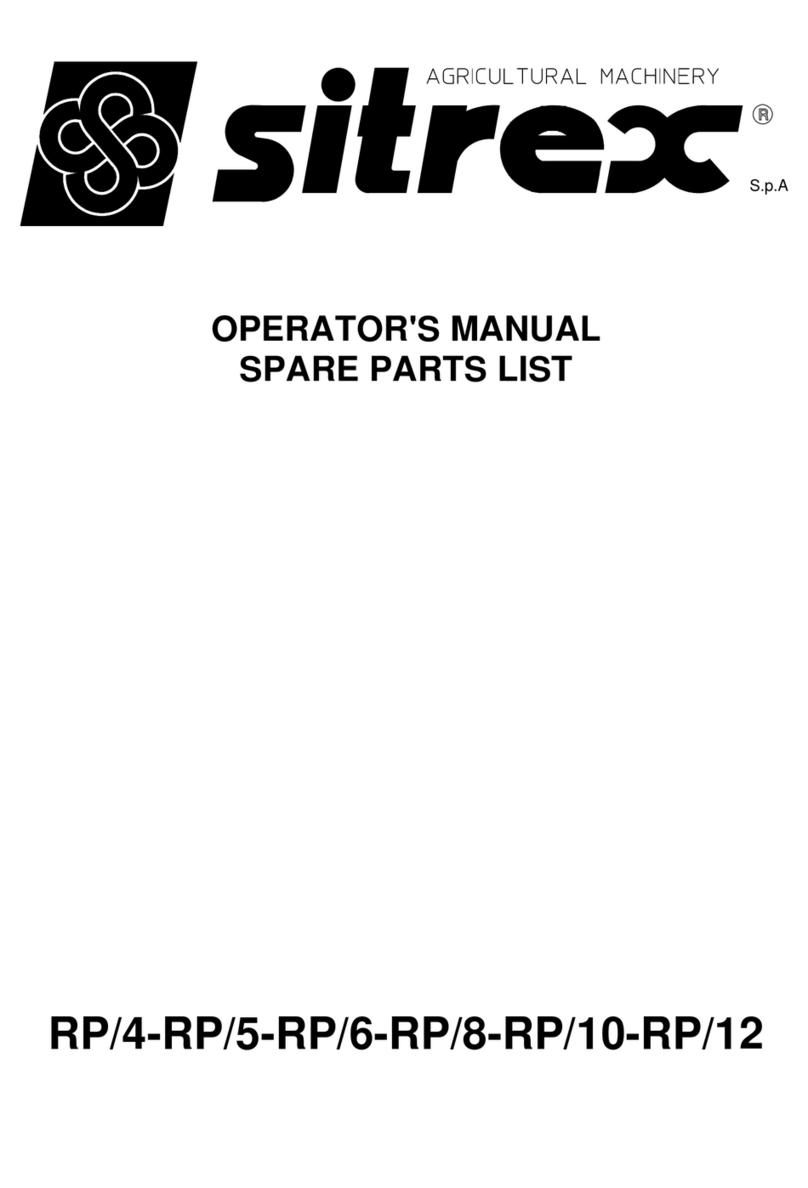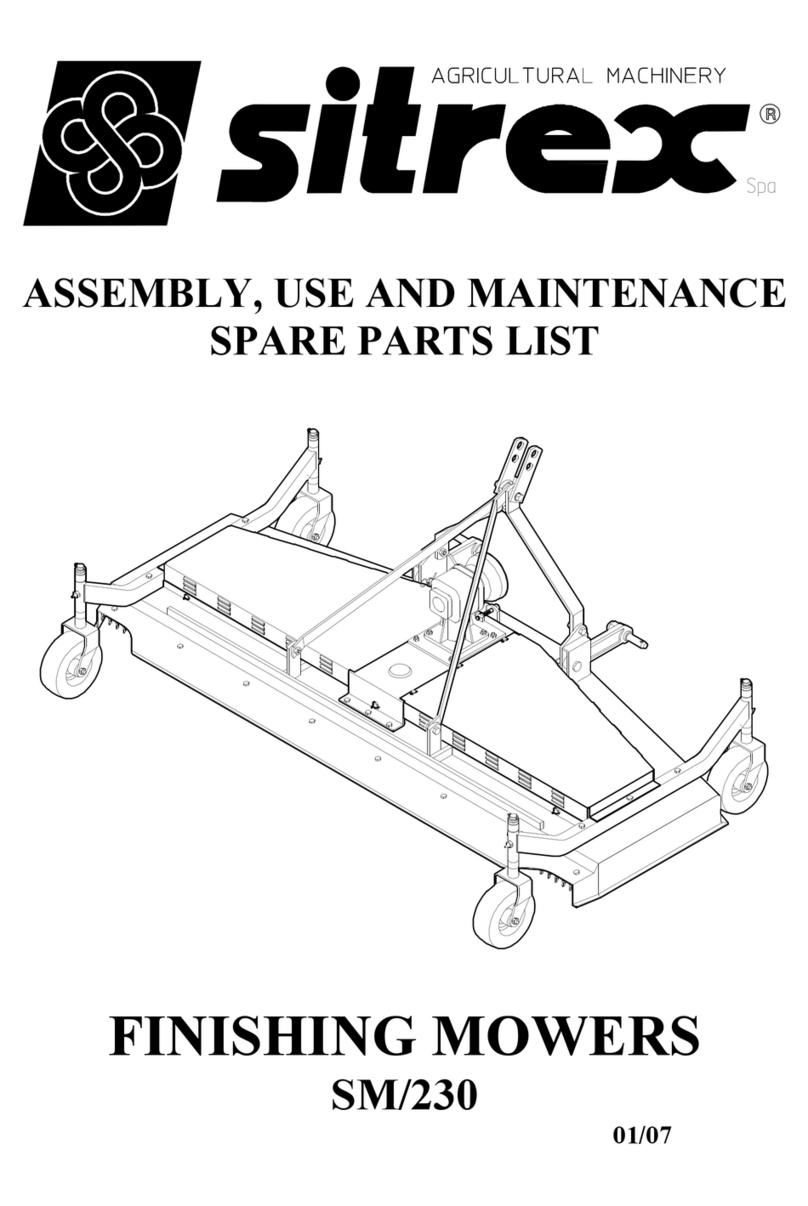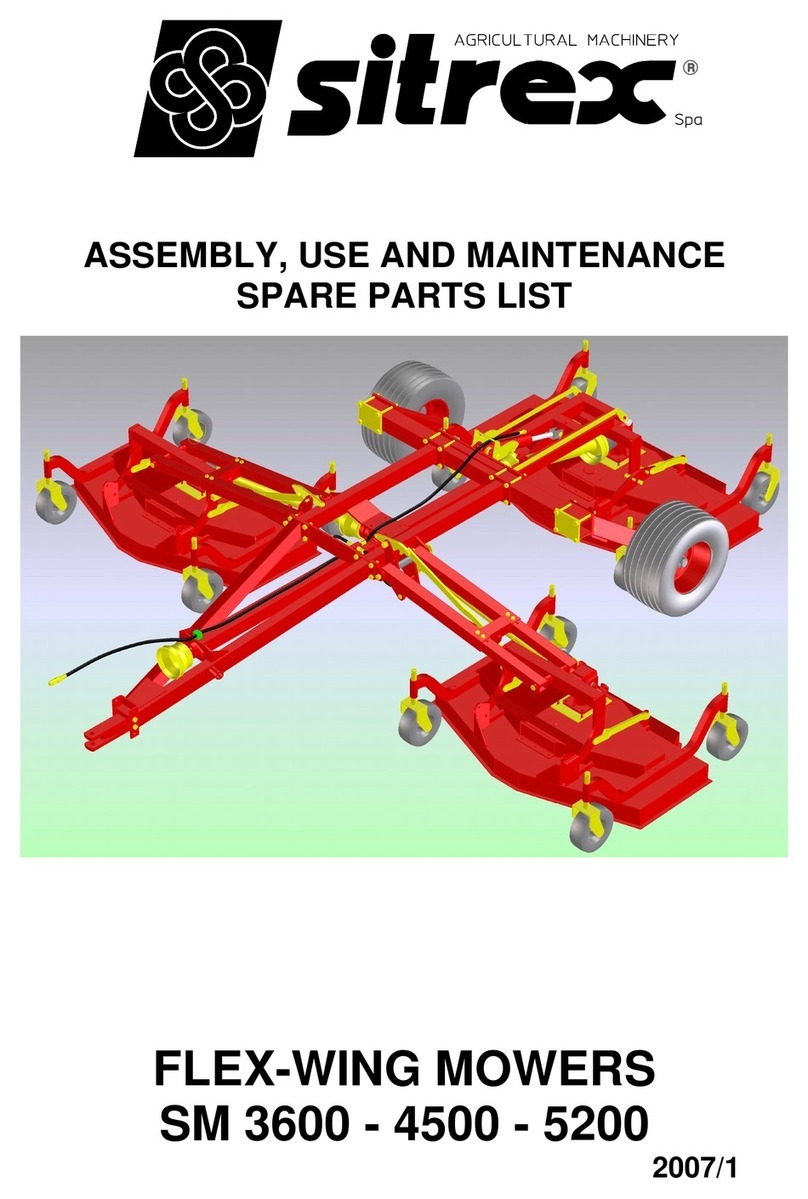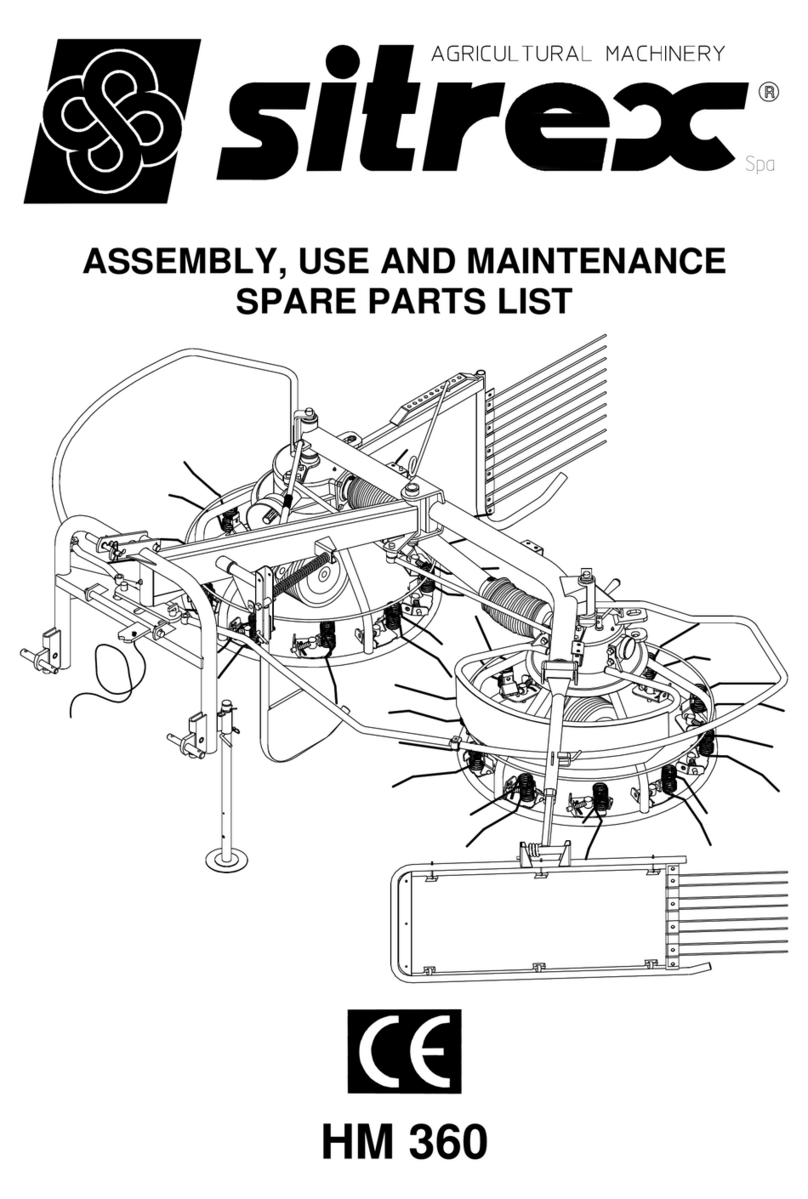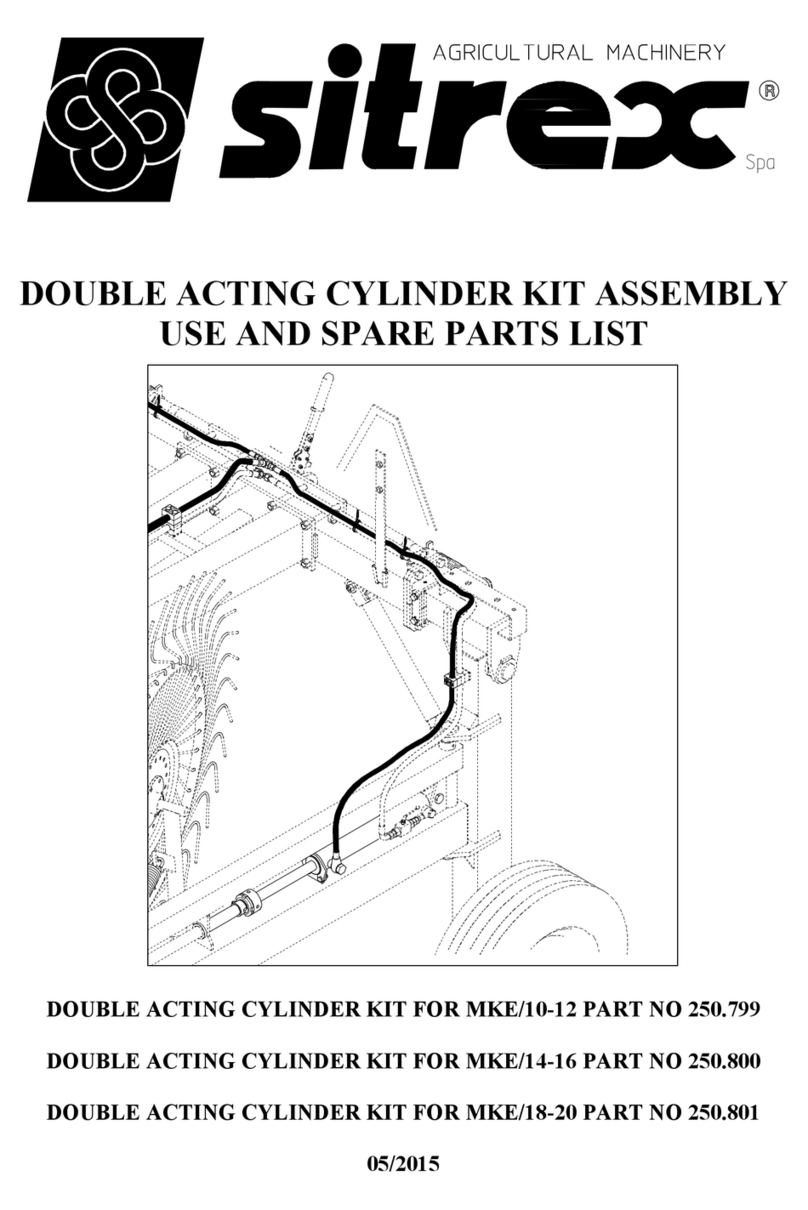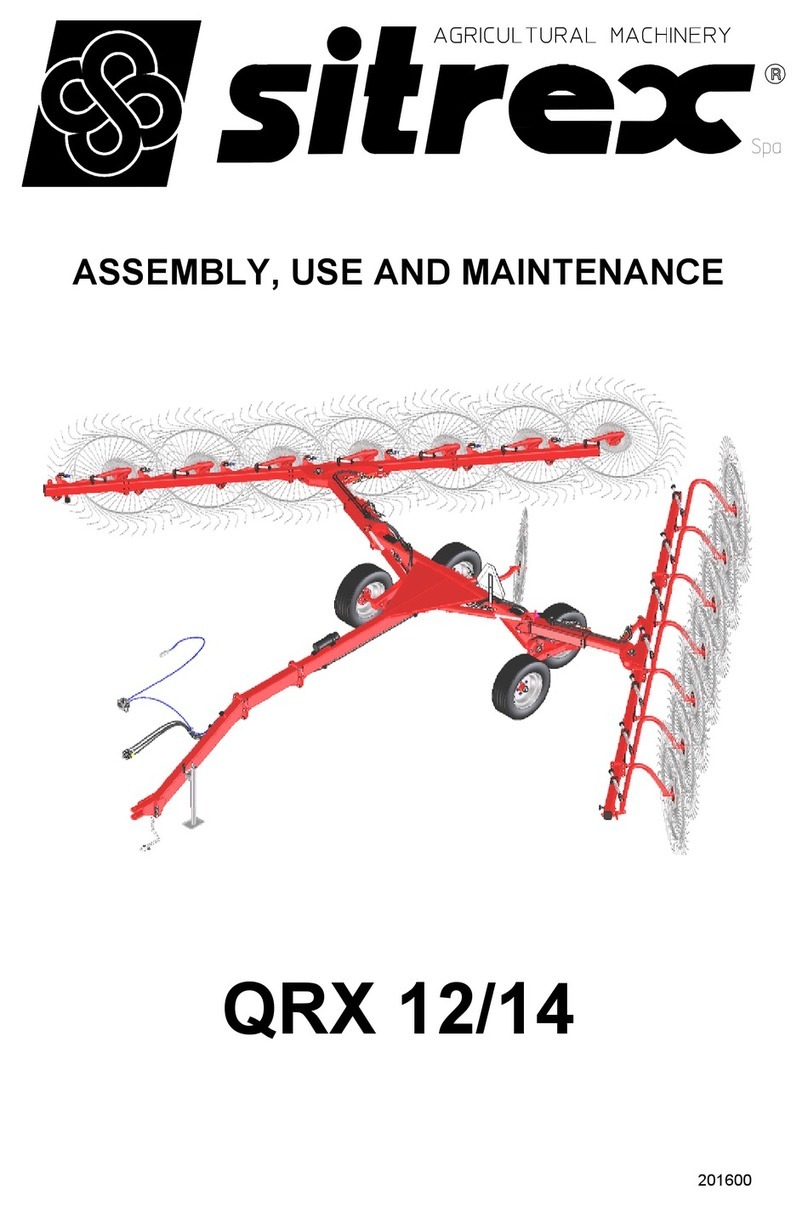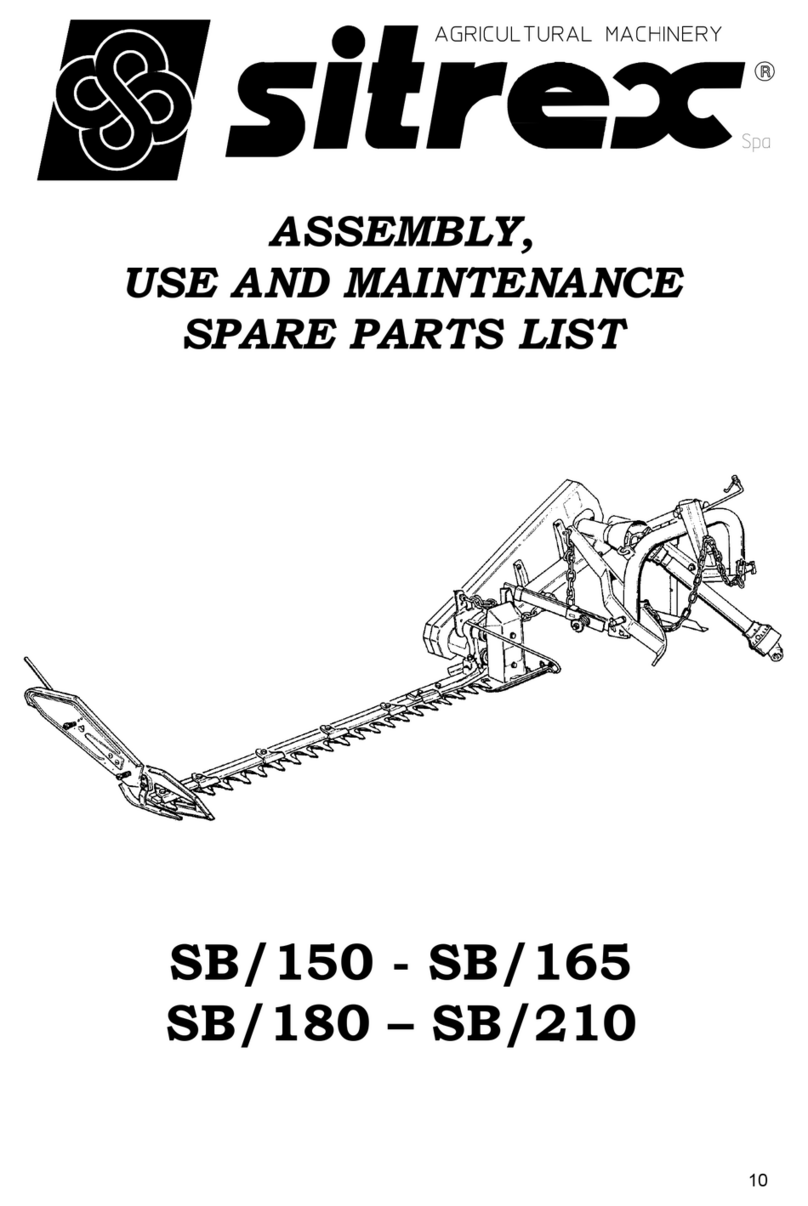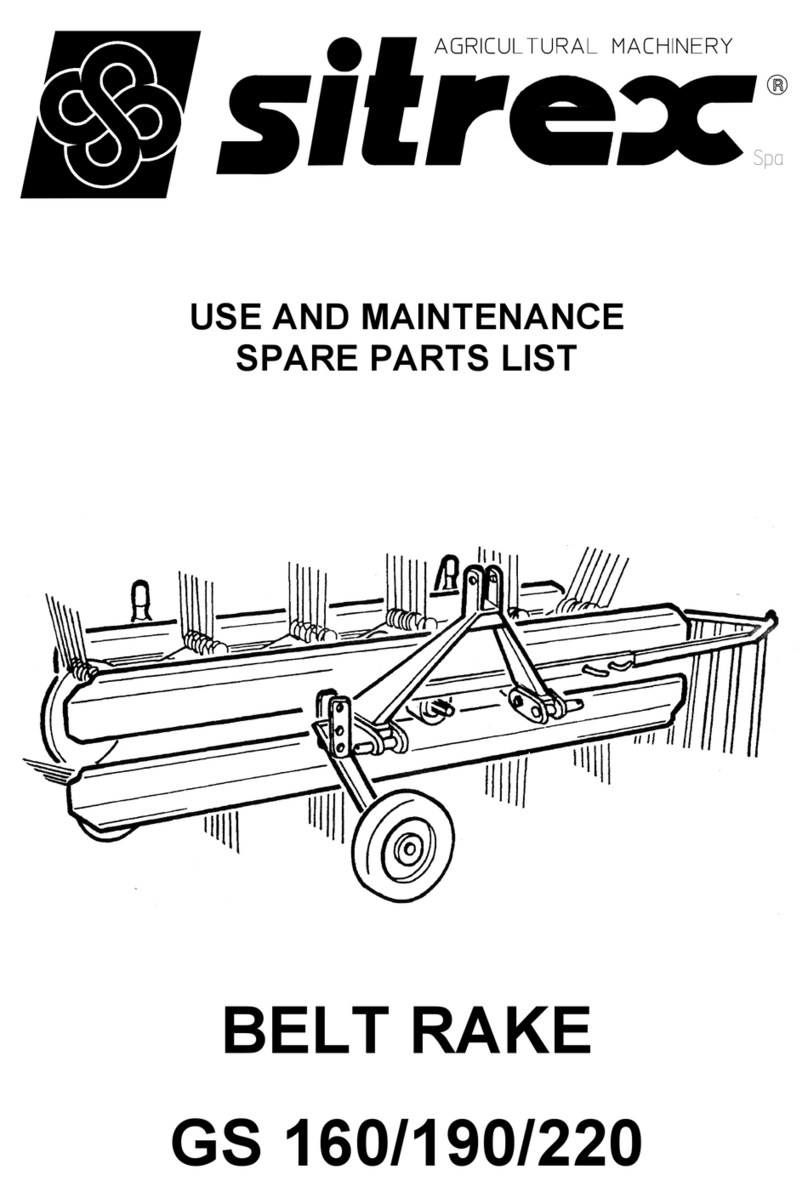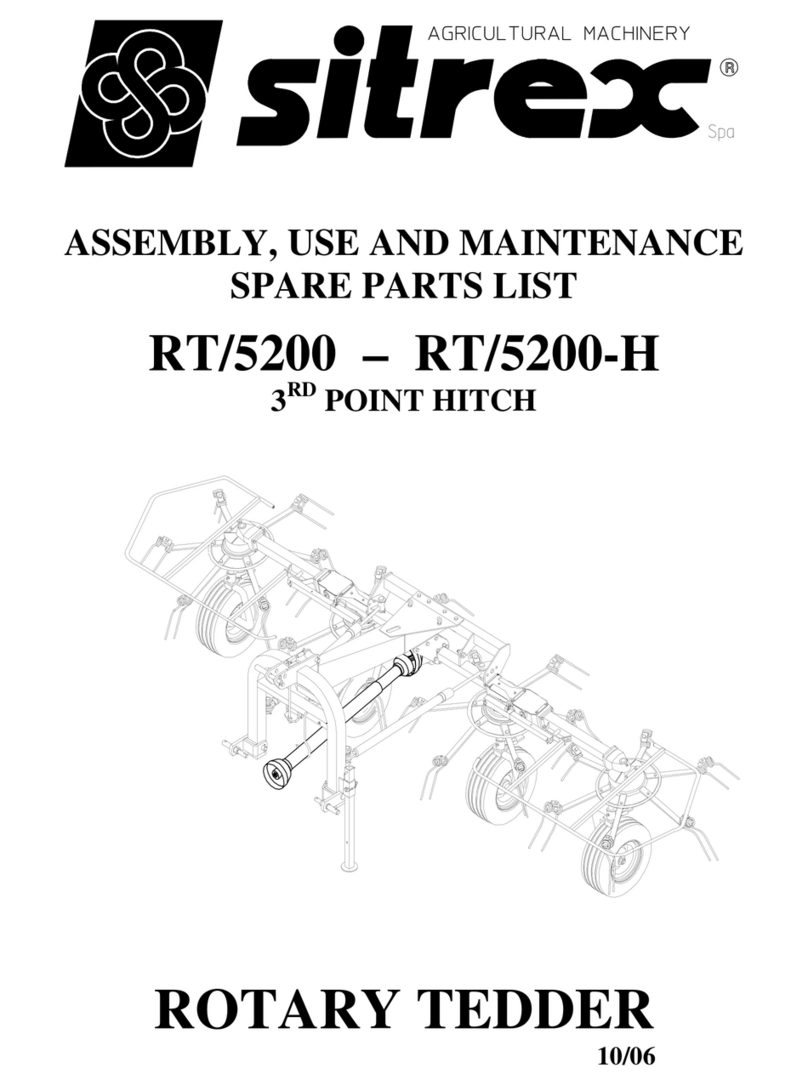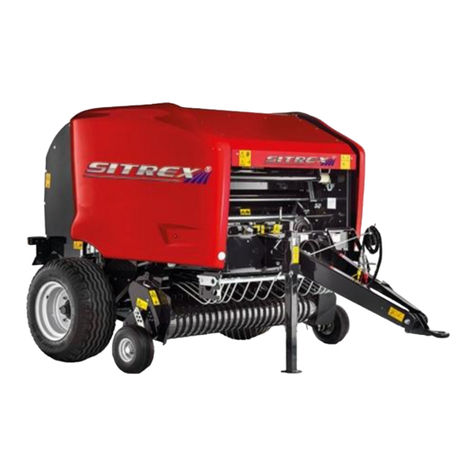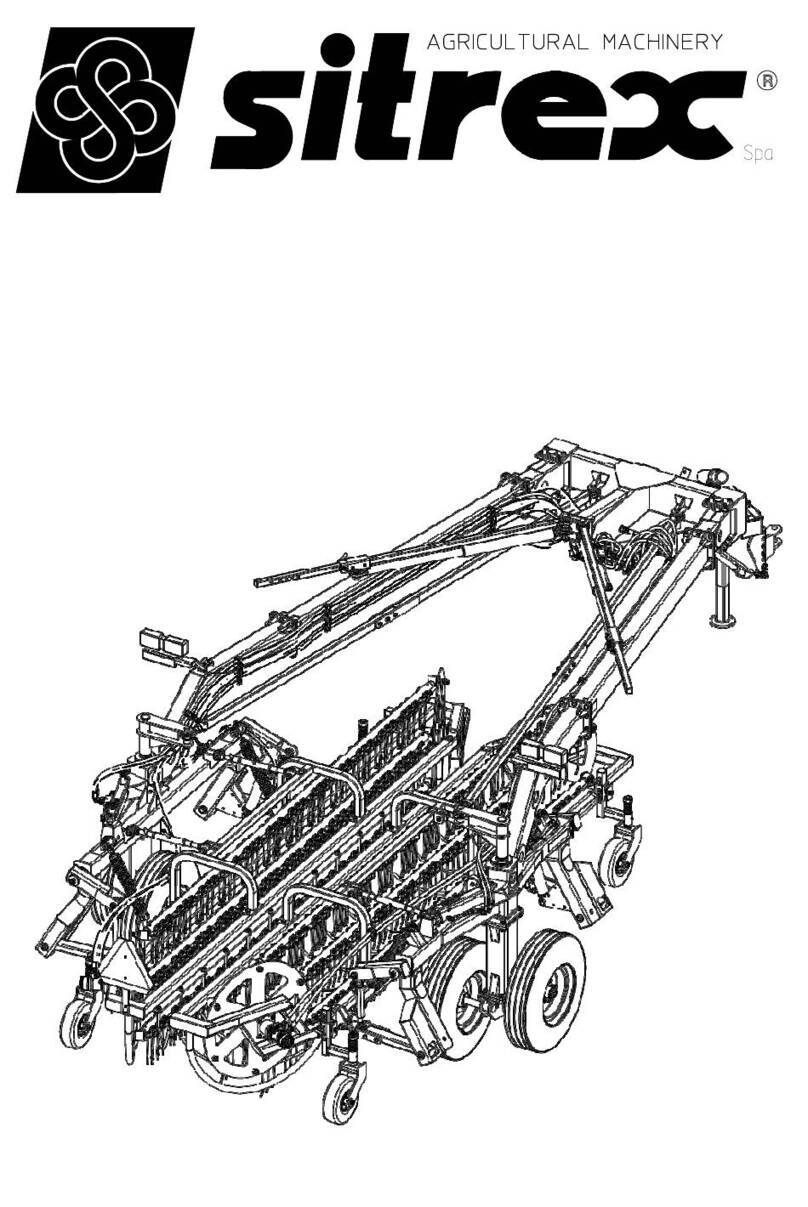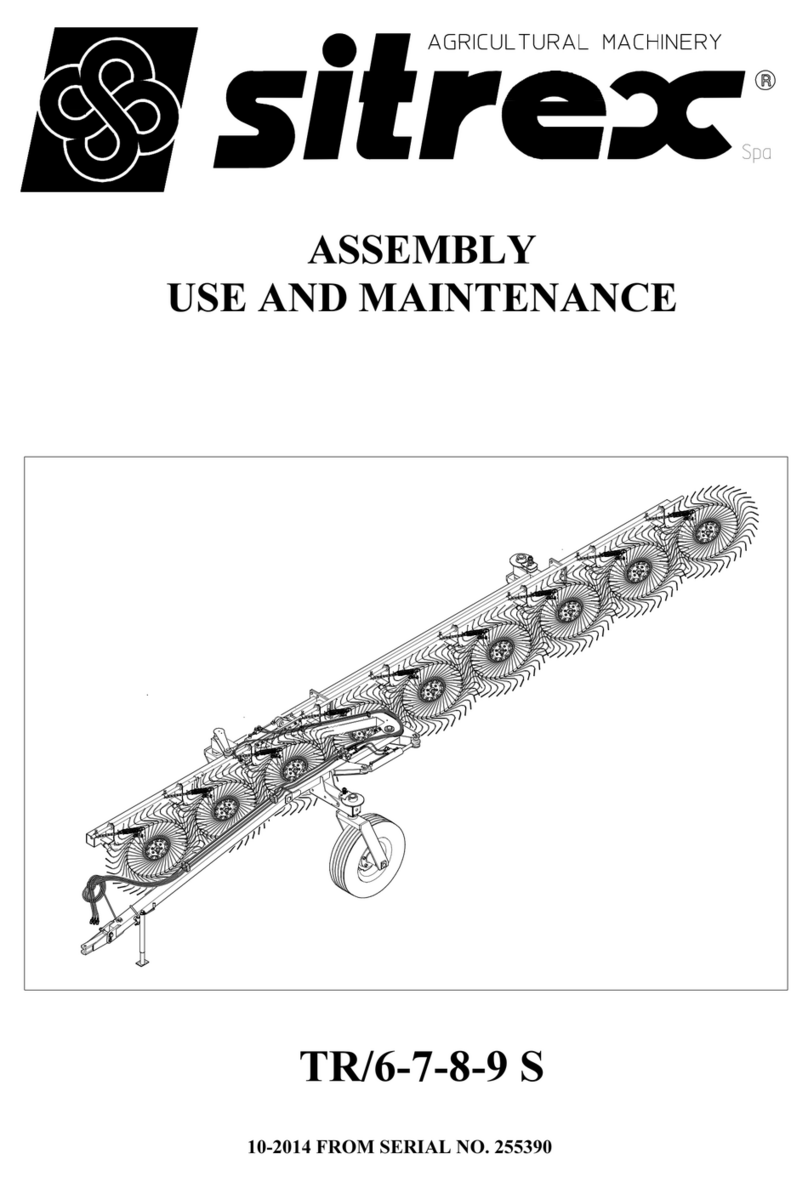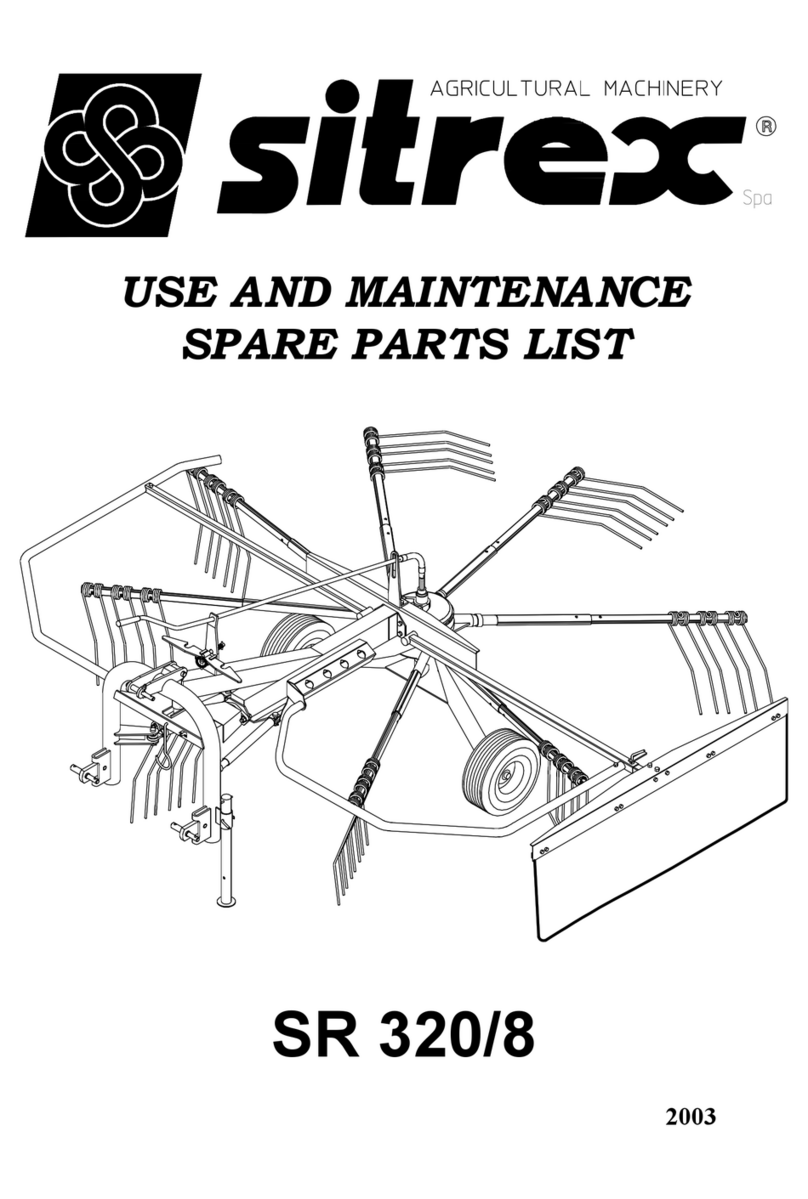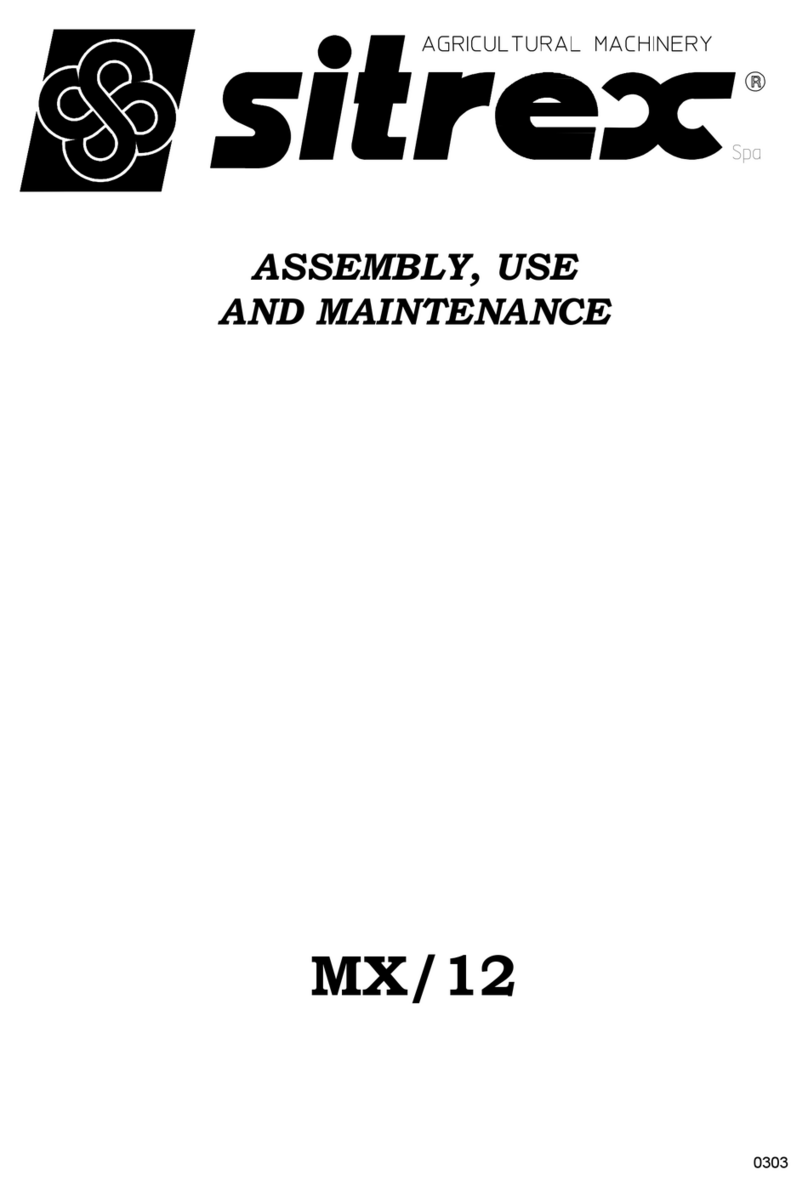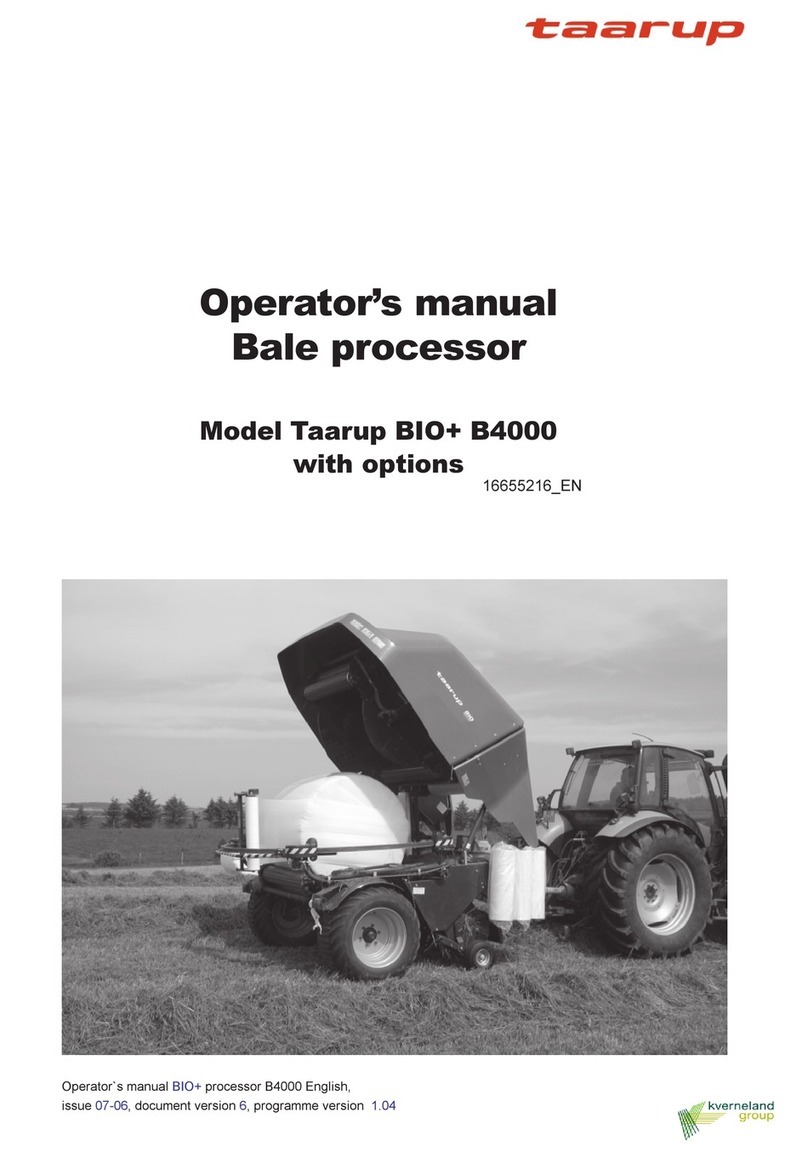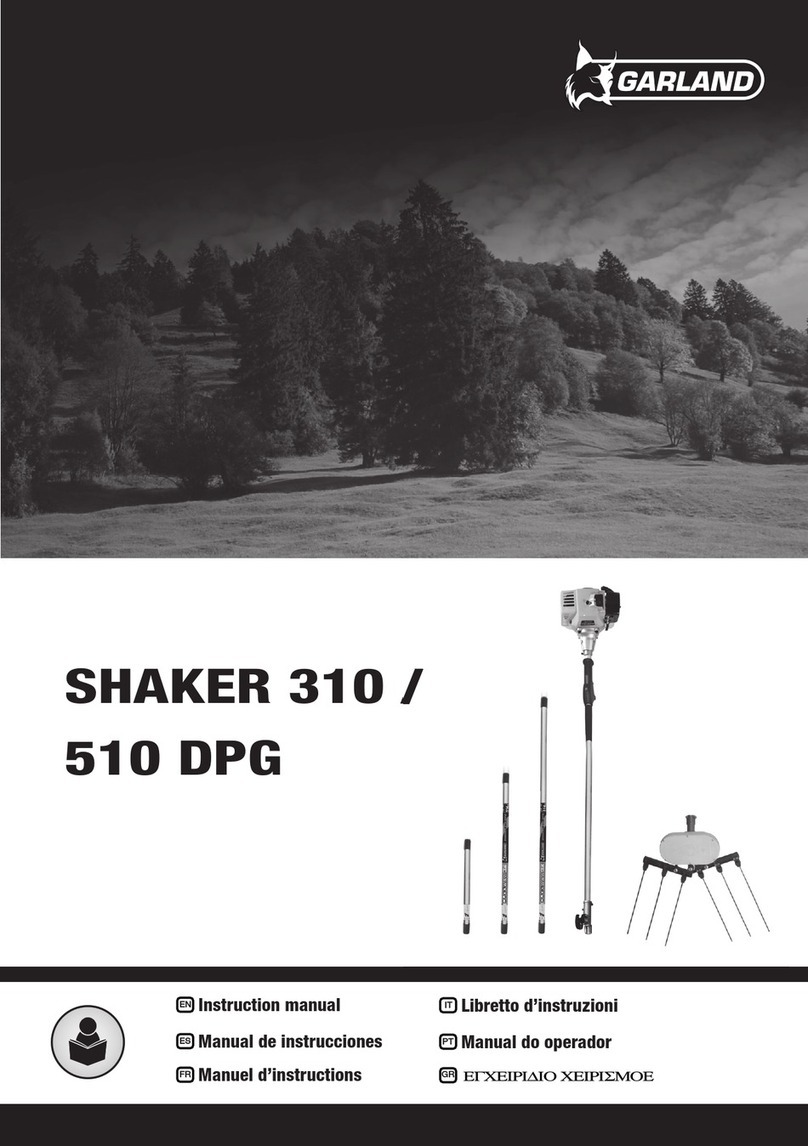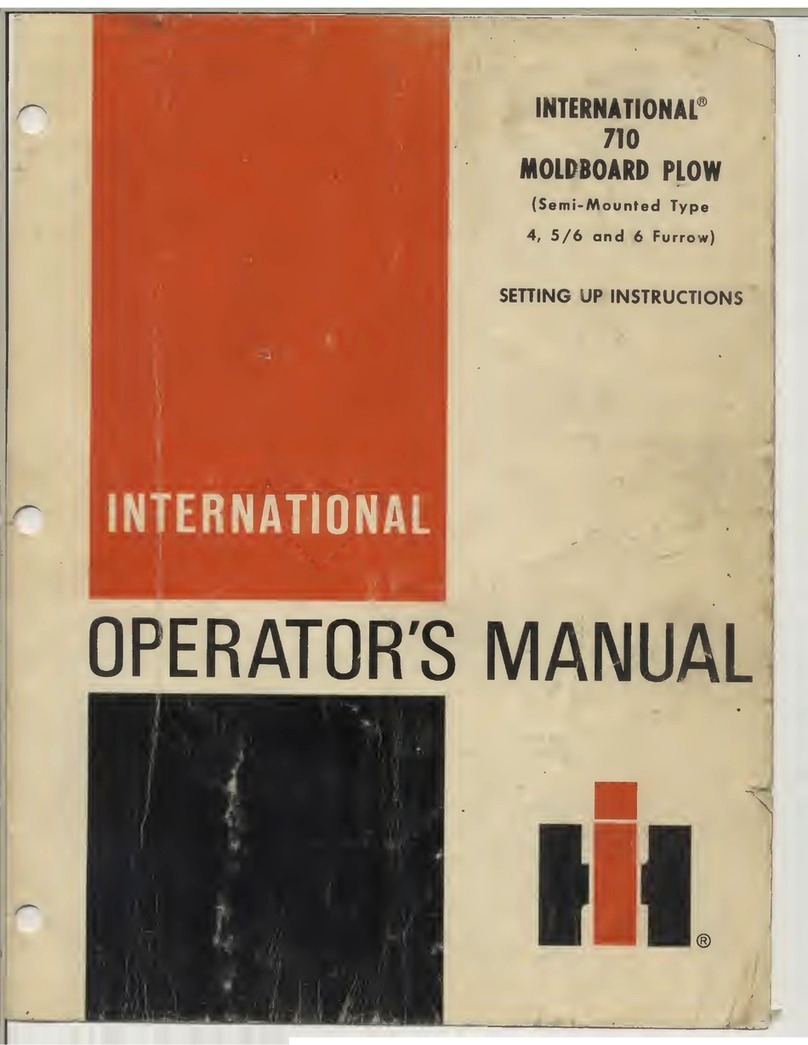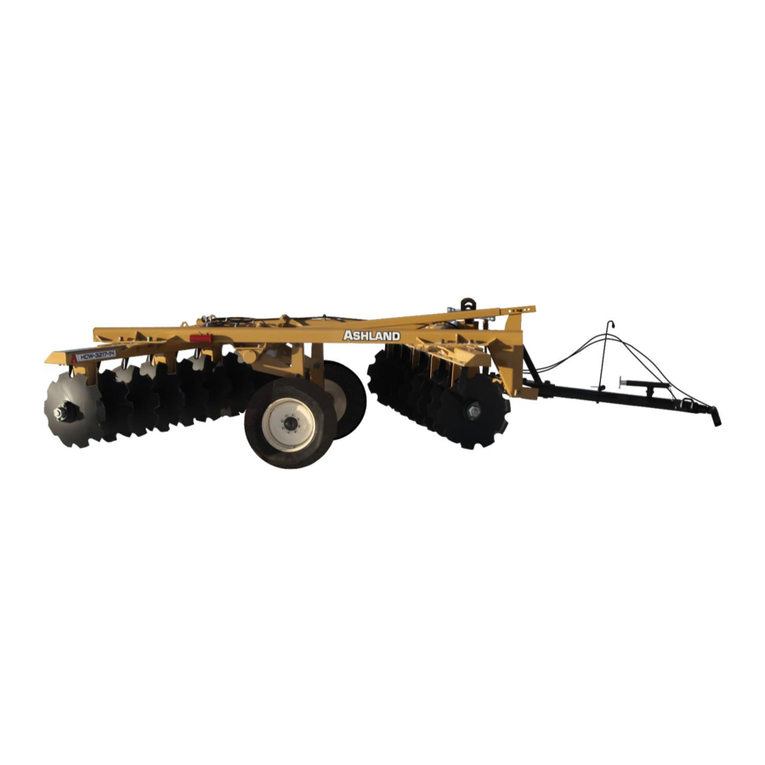
4
General assembly instructions for all models in the MK series.
As regards the indicating of
right/left, they are understood to be
attributed observing the machine
from point A (behind the machine)
looking forward.
The machine must be assembled in a suitable area, done by qualified personnel
equipped with the proper clothing, protective equipment and tools necessary for the
job. Only authorized persons should be in the assembly area.
Assembly is correct when the various RH sections A, C, E, etc. and the various LH
sections B, D, F, etc. are aligned and parallel to each other and when the coupling
flanges G between one section and another are flush. NOTE: since these are sections
to be joined by means of welded flanges, there will not be perfect linearity between
RH sections A, C, E, etc. and LH sections B, D, F, thus a certain margin of error
must be tolerated. To reduce this error to a minimum, a few small techniques must
be used. For example, tighten the flange coupling bolts, one outside 1 and one inside
2, if the RH sections A, C, E, etc. and LH sections B, D, F, etc. are linear; or tighten
first the outside bolts 3-4 if the sections tend to curve toward the inside of the
machine, and vice versa tighten first the inside bolts 5-6 if the sections tend to curve
toward the outside.
The alignment of the sections is important, as it also affects the assembly of the rake
wheel lifting pipes and how they slide along supports H during use. Bearing in mind
this advice, you can proceed with the assembly following the steps illustrated in
following. Unless otherwise specified, the assembly is shown for just one side of the
machine, but as it is symmetrical, simply repeat the same steps on the other side as
well. The quantities of the materials to be used for the various assembly steps refer
to both sides of the machine. The weights given near the major components may
vary by +/- 5%.
NOTE: What we are about to describe is an approximate assembly procedure. Each
person, based on their experience and on the tools they have to work with, may vary
the assembly steps to suit their needs. Always use great caution because the
assembly steps are dangerous.
